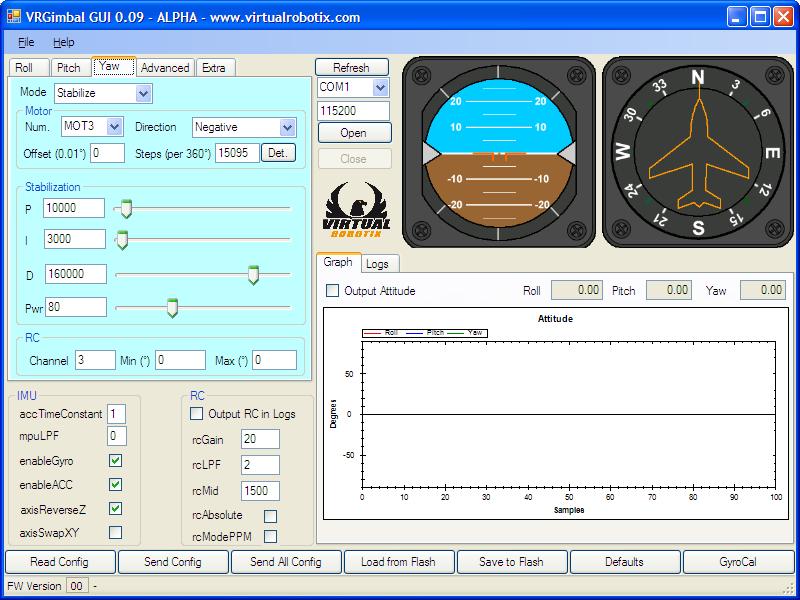This last update about VBRAIN add ON. In the picture you can see the first prototype of VR Neuron (Down) near the VR Brain (UP) . As you can see te board have the same mechanical design of VR Brain . The board is very compact 6x4 cm VR Brain 7x4 VR Neuron. You can put VR Neuron above and VR Brain up , connect the board by serial port and the use VR Neuron to connect the World :)
Above the board there is PAD for connect by an Header a breadboard or directly thw wire for add yor specific applciation. On the PAD there are available a lot of input output port 27 GPIO , SPI , I2C , Serial port .
In the next days will be more update until official presentation 9 November 2012 at Makers Italy .
In the last six month i decide to implement a new revolutionary design that could be usefull for add a lot on new functionality to our drones.
In the past we only work on micro controller : AVR , SAM3X, STM32 , great platform the last STM32f4 is best micro controller for manage our drone : acro and stable flight , loiter , waypoint navigation ecc ecc. But if i want to put on it a o.s. i start to have a lot of problem : small memory footprint available , not enough ram slow speed processor. So a lot of proposal .... ChibiOS , Nuttx . But what is better and opensource of the worlds ? No doubt It's Linux :)
In my professional work i used a lot of micro controller and micro processor , but all ,too complex to be hackable as a STM32. Until i start to play with a great Italian product , the first that put an Android on a wearable PC .
I like a lot the micro inside it and decide to use that microprocessor for my next opensource design.
I'm happy to present the first design of VR Neuron . It will be official present the 10 November 2012 at the Makers Italy exibithion so who would see our great new design are welcome to meet us at Makers Italy in Milan.
These are preliminary technical info about VR Neuron :
- Freescale Imx Arm9 microprocessor.
- 64 Megabyte Ram
- Flash until 32 Gbyte Flash on SDIO bus
- 456 mhz clock
- DUAL BEC 5V Input
- 1 for CPU
- 1 for USB channel
- 1 Pal Video Output
- 2 Audio Channel Output
- 1 Input audio channel
- 26 GPIO (LCD BUS)
- 2 i2c bus
- 1 SPI MISO MOSI SCK
- 2 serial Port
- 1 USB Host 2.0 channel
- Only 6x5 cm half of Raspberry PI
The operating system that i choose for my development is ArchLinuxArm , the powerfull of this design is incredible , i play a lot with the kernel and add a lot of usb device : wifi dongle , 3G dongle , webcam and install a lot of application and test it : apache2 , mysql , mjp-streamer .
So on this platform is possible to do anything of application , it's available python , gcc , i ply with mavlink_proxy and it work fine ... i connect the VBRAIN serial port to VNeuron and by wifi connect mission planner to VBRAIN and see live the telemetry of my quadcopter online.
With the PAL output could be possibile to develop a great OSD application or with oudio you can implement a tele presence systems ... the limit will be only fantasy :)
So i'm very exited about this project and i hope that you like it and join us in development.
Follow the evolution of project here :
Best
Roberto Navoni
